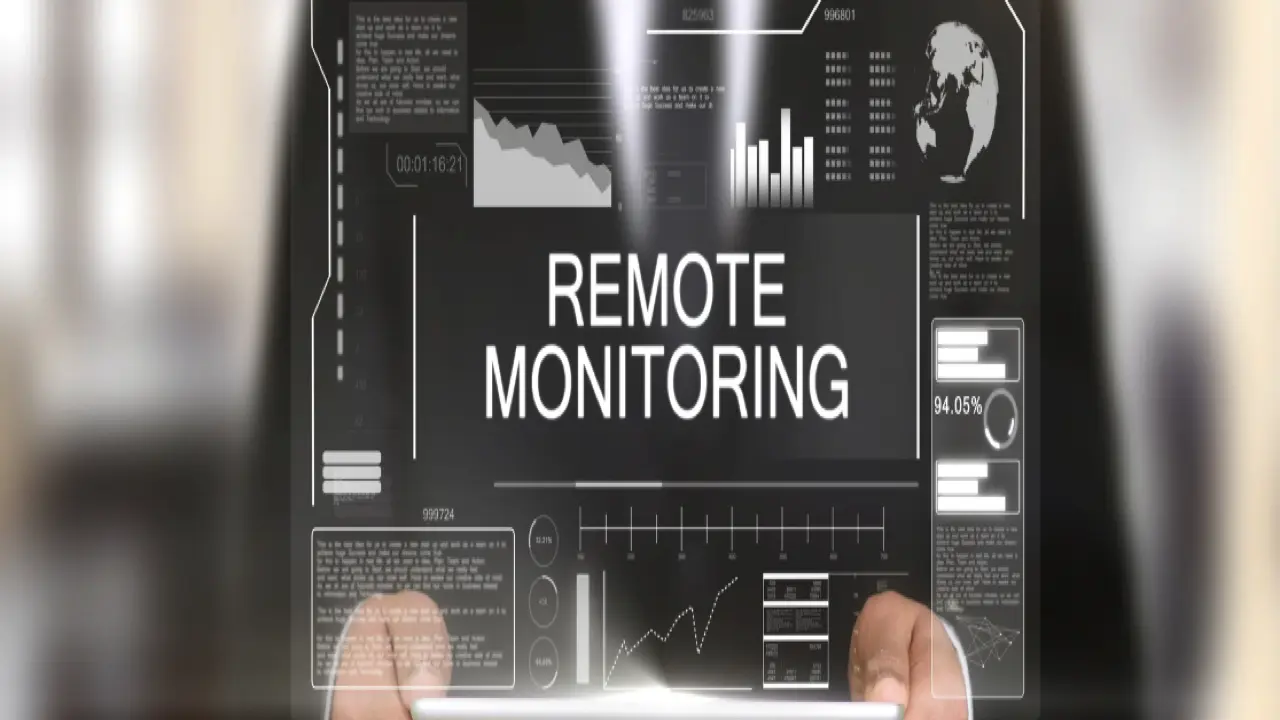Table Of Contents
Did your company’s software system once seem sleek and nimble? But now it resembles a tangled web of shortcuts, patches, and workarounds. Welcome to the realm of technical debt. It’s a silent saboteur that accumulates over time, threatening your efficiency.
What Is Technical Debt?
Think of technical debt as the interest you pay on a loan you never intended to take. Technical debt accumulates when companies choose shortcut IT solutions, rather than better, longer, more sustainable ones.
Initially, it seems harmless. But as your system grows, those hasty decisions compound. This slows down progress and creates future complications.
Addressing technical debt is essential for maintaining a robust, efficient technology environment. Here are eight strategies to tackle technical debt at your company.
1. Identify and Prioritise Technical Debt
Identifying technical debt is the first step in managing it effectively. Focus on the most critical issues first. This drives you to focus on changes that bring the most value.
-
- Conduct a Technical Debt Audit: Start by identifying where technical debt exists. Conduct an audit of your network infrastructure, and processes. Document areas where shortcuts or quick fixes have been used.
-
- Categorise and Rank: Not all technical debt needs immediate attention. Categorize debt based on its impact on performance, security, and maintainability. Rank the most critical issues to address first.
-
- Create a Technical Debt Register: Maintain a register of all identified technical debt. This helps track what has been addressed and what still needs attention.
2. Integrate Debt Management into Your Workflow
Incorporating debt management into your workflow ensures continuous attention to technical debt. This helps maintain a balance between new development and debt reduction.
-
- Incorporate into Agile Practices: Integrate technical debt management into your agile processes. Regularly review and address these tasks during sprint retrospectives.
-
- Set Aside Time for Repairs: Earmark time for repairs and technical debt reduction. This ensures that potential issues aren’t forgotten.
-
- Track Progress: Regularly track progress on technical debt reduction. Use metrics to track improvements and identify areas still needing work.
3. Educate and Train Your Team
Educating your team about technical debt is crucial. It helps prevent new debt and addresses existing issues. Training and knowledge sharing foster a culture of quality and long-term thinking.
-
- Promote Awareness: Ensure your team understands the concept of technical debt. Promote awareness of its impacts on the system and future IT projects.
-
- Provide Training: Provide training on best practices for adopting new technology. Educate your team on how to avoid creating new technical debt.
-
- Encourage Knowledge Sharing: Encourage knowledge sharing within the team. Hold regular meetings to discuss technical debt and share solutions.
4. Improve Documentation
Good documentation is essential for understanding and addressing technical debt. It provides a clear reference for current and future team members.
-
- Document Existing Systems: Create comprehensive documentation for your existing systems. This includes hardware configurations, software setups, and network diagrams.
-
- Update Documentation Regularly: Ensure documentation is regularly updated. Include changes and improvements as they occur.
-
- Use Standardized Templates: Use standardized templates for documentation. This ensures consistency and completeness. Standardized documentation is easier to create, maintain, and use.
5. Regularly Update and Refactor Systems
Regular updates and system refactoring help keep technical debt under control. This involves making small, manageable changes to improve technology quality.
-
- Plan Regular Updates: Plan regular updates to improve system quality. Schedule these updates during less busy times or between major projects. Regular updates help keep technical debt under control.
-
- Focus on High-Impact Areas: Focus updating efforts on high-impact areas. Identify systems that are frequently used or critical to performance.
-
- Incremental Improvements: Approach updating as a series of incremental improvements. Make small, manageable changes rather than large overhauls. Incremental improvements are less risky and easier to deploy.
6. Optimise Security Practices
Optimized security practices ensure that changes do not introduce new issues. Comprehensive security measures help maintain system reliability and performance.
-
- Install Comprehensive Security Measures: Deploy comprehensive security practices. This includes firewalls, encryption, and regular security audits.
-
- Use Proactive Security Practices: Adopt proactive security practices. Update security protocols and software. Proactive security helps catch issues early and ensures systems remain secure.
-
- Automate Security Monitoring: Automate as much of the security monitoring process as possible. Automation increases efficiency and reduces the risk of human error.
7. Manage Dependencies
Effective dependency management reduces the risk of introducing technical debt. Keeping track of and updating dependencies ensures compatibility and security.
-
- Track and Update Dependencies: Keep track of all dependencies in your technology environment. Update them to the latest versions. Updated dependencies often include security patches and performance improvements.
-
- Use Dependency Management Tools: Use dependency management tools to handle dependencies. These tools help automate updates and ensure compatibility.
-
- Isolate Critical Dependencies: Isolate critical dependencies to reduce their impact. Ensure that critical components are well-documented and understood.
8. Foster a Culture of Continuous Improvement
A culture of continuous improvement helps address technical debt proactively. Encourage learning, celebrating successes, and regular reflection. This drives ongoing enhancement.
-
- Encourage Continuous Learning: Provide opportunities for professional development and skill enhancement. A knowledgeable team is better equipped to address and prevent technical debt.
-
- Celebrate Successes: Recognise and reward efforts to improve IT quality and maintainability. Positive reinforcement fosters a culture of quality and continuous improvement.
Work with an IT Provider That Thinks Proactively
Addressing technical debt proactively ensures your systems remain scalable, maintainable, and secure. This enables your business to thrive in a competitive landscape.
Our technology team takes a proactive and long-term approach. We do things right the first time and don’t take shortcuts. This reduces the risk of accumulating technical debt.
Contact us today to schedule a chat about enhancing your IT systems.
Call us on 0330 043 0069 or book an appointment with an expert today!…
Get In Touch
Need expert IT assistance? Contact Hamilton Group today! Our specialists offer top-notch solutions tailored to your needs. Don’t let tech troubles hold you back.
Talk to us about your business 0330 043 0069
Or E-mail hello@hgmssp.com and one of our experts will get back to you.
Schedule A Quick Callback
The fastest way to figure out if we’re a good fit for your business is to have a quick chat about it. Schedule a 15-minute call so we can get right to the point.
Proactive, Responsive, Hamilton Group
Grab a drink and let’s have a quick chat about your business, and see how we can help you.
Book your call below or call us on 0330 043 0069


Carl Hamilton
A Message from our Founder/CEO
“We treat every client as if they were a part of our business to provide quality and comprehensive IT support that can be counted on 24/7, 365 days a year. We succeed only when you succeed.”
Let’s work together
IT Support You Can Trust
The best IT Support in Harrogate is also delivered across the UK 24/7 and we are ready to help you with all your Managed IT service needs. Services are provided in areas including Leeds, Liverpool, Manchester, Wakefield, Wetherby, York, Newcastle, Bradford, Bolton, Glasgow, Wigan, Derby, London, Luton, Birmingham, Sheffield, Peterborough, Portsmouth, Reading, Nottingham, Milton Keynes, Telford, and more.
Talk to us about partnering with an IT Support Company that cares
Move your business forward not back with HG.
Same Day Call-back.
Monday – Friday 09:00 – 17:30.
“Our email wasn’t performing very well so we asked Hamilton Group to take a look & Carl proposed to migrate us to MS Exchange.
Carl was very helpful throughout & the migration went very well.
He was on hand to sort out any teething issues, taking calls early morning & into the night, to ensure we were up & running smoothly.
Would recommend for knowledge, attention to detail & great customer service.”
Ian Porter
Fotofabric Limited











